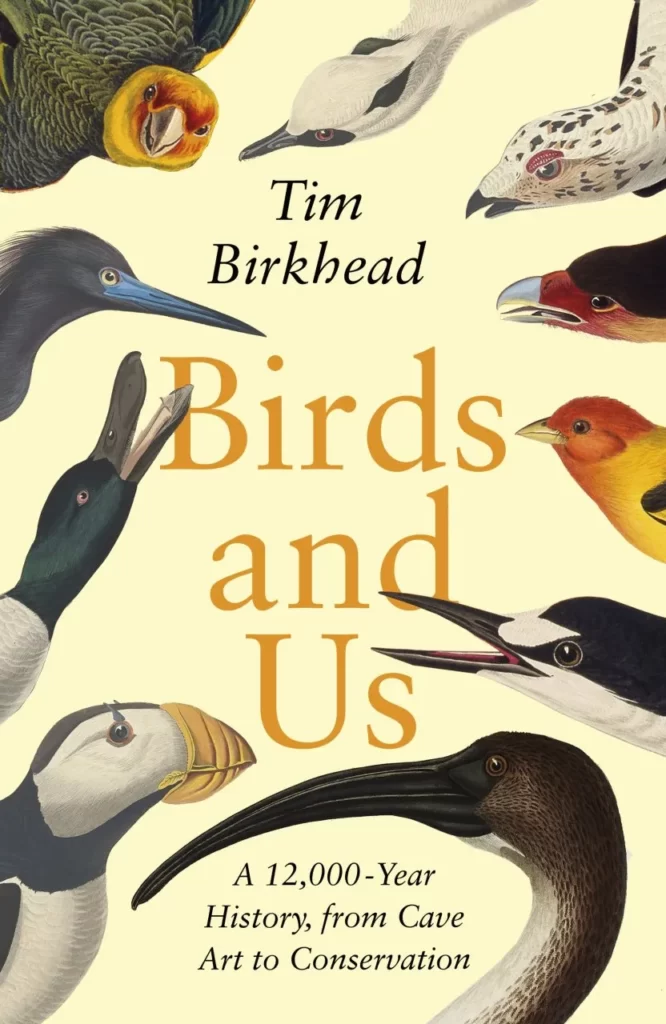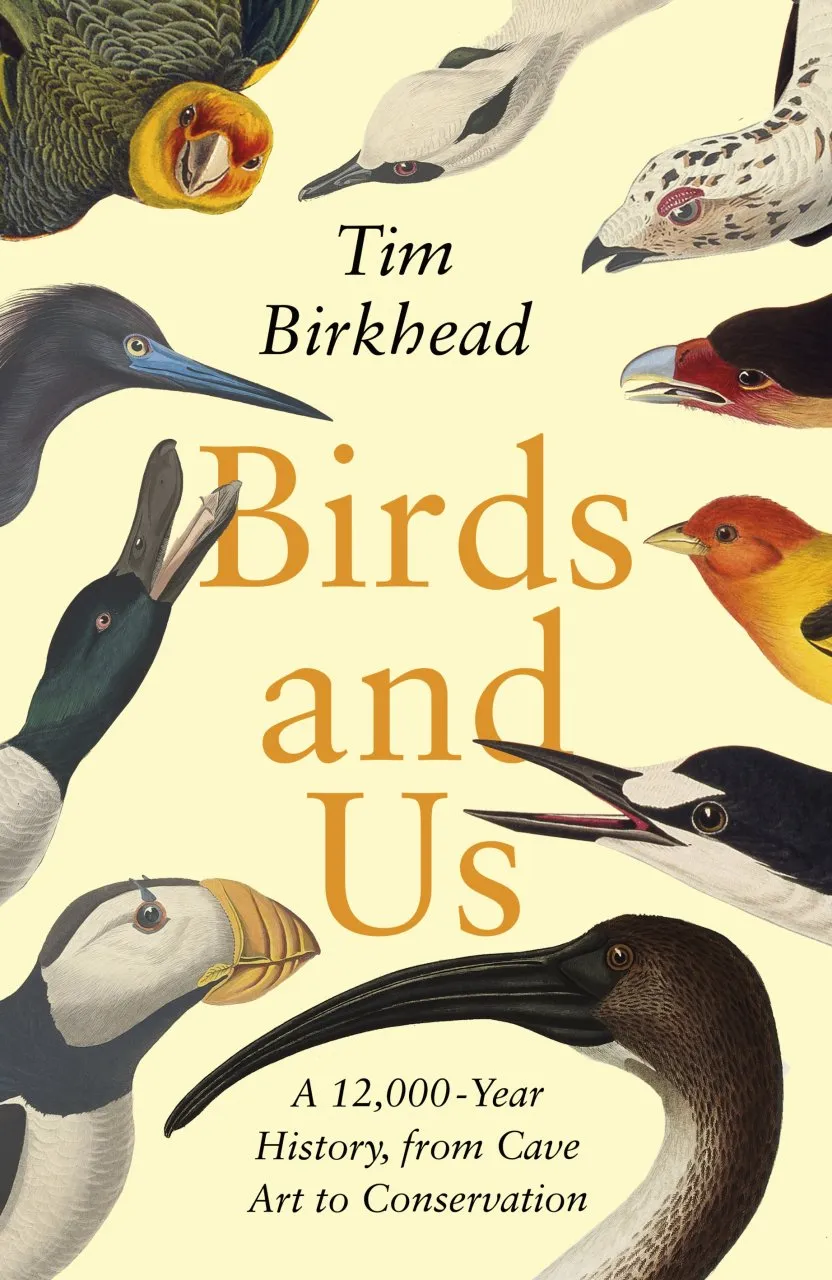Of all the life that shares the earth with us, birds have by far the greatest impact on our imaginations, on our sense of curiosity and also on our eagerness to make use of them. Long before the science of ornithology humankind found in them sustenance, companions, symbols and even, on occasion, religious icons (as gods, or at least gods in bird form).
Birds have a way of reflecting human behaviour. In the Middle Ages, hawking was linked to status: the best birds were reserved for the most powerful. In the more recent past the amassment of collections of skins, mounted hummingbirds and eggs reflected the museum-based study of former life. Today an empathy with birds is the gateway to a concern about how to save what is left of the natural world – and of our own continued existence.
In other words, the history of birds is not just about science. Telling it needs the forensic skills of a historian, a journalist’s zeal to find and follow a good story, and an equal interest in the sort of people who loved birds and studied their ways. And to bring the story alive, you need to put yourself in it, right in it, your experiences, your knowledge, and your ability to put into words things that will engage and thrill the reader.
That is probably why, until recently, there have not been many readable cultural histories of birds. Tim Birkhead, until very recently Professor of Zoology at Sheffield, is a most unusual scientist in the breadth of his interests and his empathy with his subjects, not only birds but also with people. His story begins in deep time in a cave he discovered in Spain with red-ochre drawings of identifiable birds made around 12,000 years ago. It ranges over mummified birds in Egyptian tombs (what were they for?), Plutarch’s pet starlings and jays, the feather-culture of New World tribes, remote islands such as the Faeroes where survival depended on sustainable exploitation, and the change in sensibility from killing birds to watching them.
This is a most attractive read in an attractively presented book. The illustrations illuminate the text – not least the unforgettable painting of a 17th-century Italian game butcher whose hanging corpses include woodpeckers, waders, rails, starlings and even a barn owl. I like the way in which Birkhead throws himself into his subject, his eagerness to test claims, his love of great auks and guillemots, his determination to ‘get inside the head’ of Francis Willughby and John Ray, his interest in whatever motivates egg-collectors, and his realisation that what we know of the past depends on what survives. We would, for instance, know an awful lot more about New World birds at the time of the Aztecs had not the multi-volume manuscript of Francisco Hernandez perished in a fire.
This is modern science at its best and liveliest. It is also a gem of cultural history that could have been written only by someone who is personally immersed in the world of birds. You come away with a renewed sense that birds are wonderful, not least in the way they capture the human heart as well as the head. There is a sparkling and often little-known fact or anecdote on every page. And if you want to read more, there are 33 pages of notes and 27 pages of bibliography, plus a thorough index of 28 pages.


